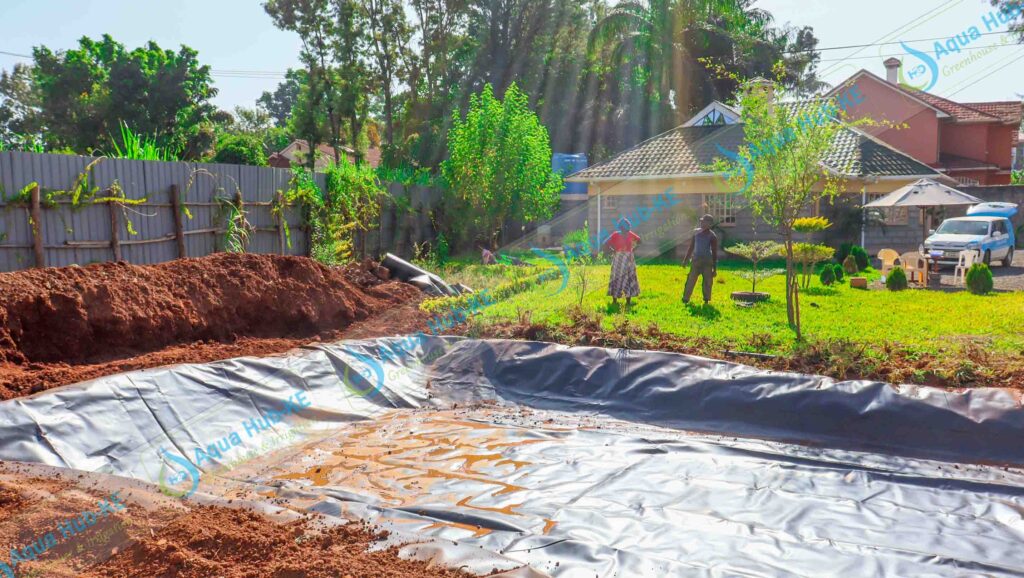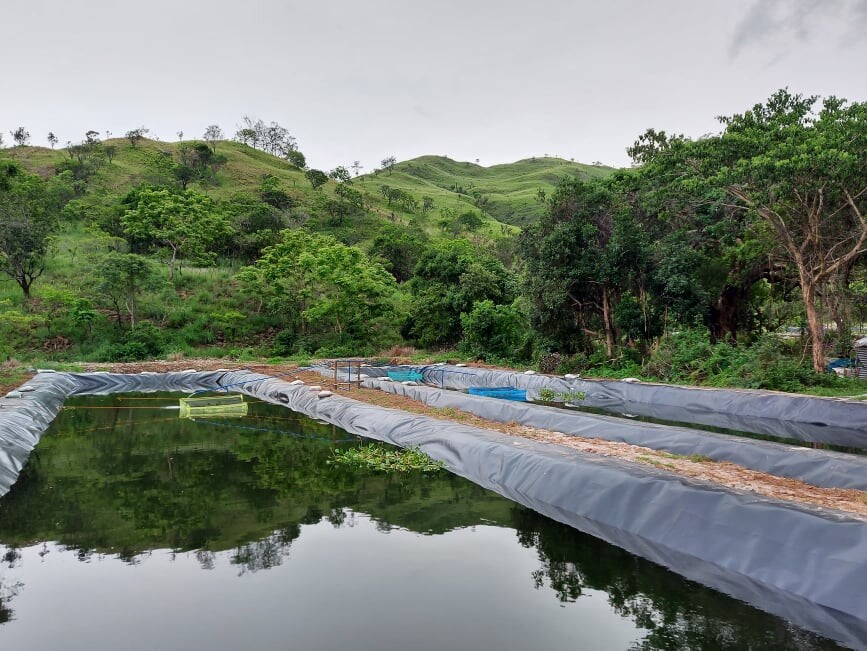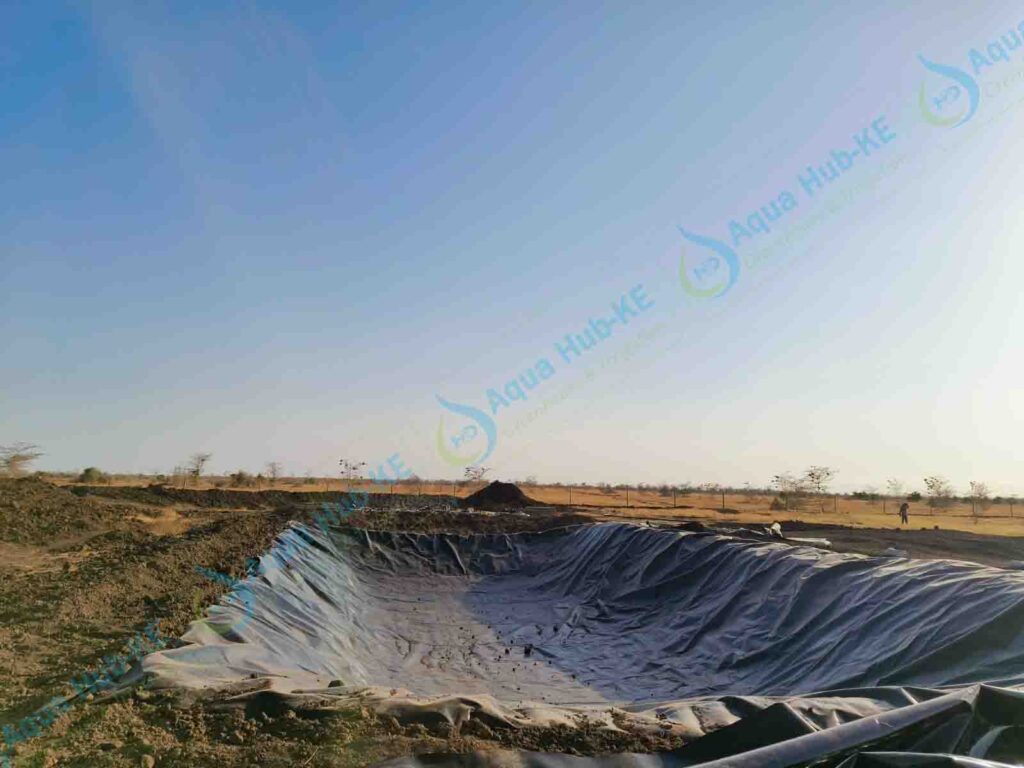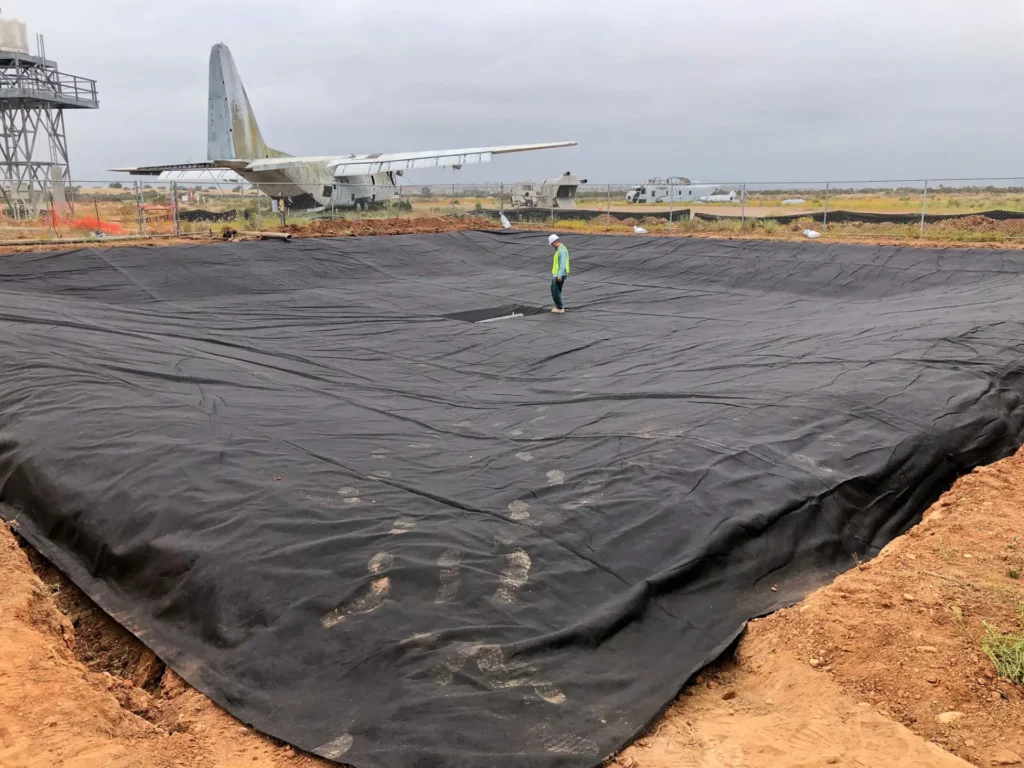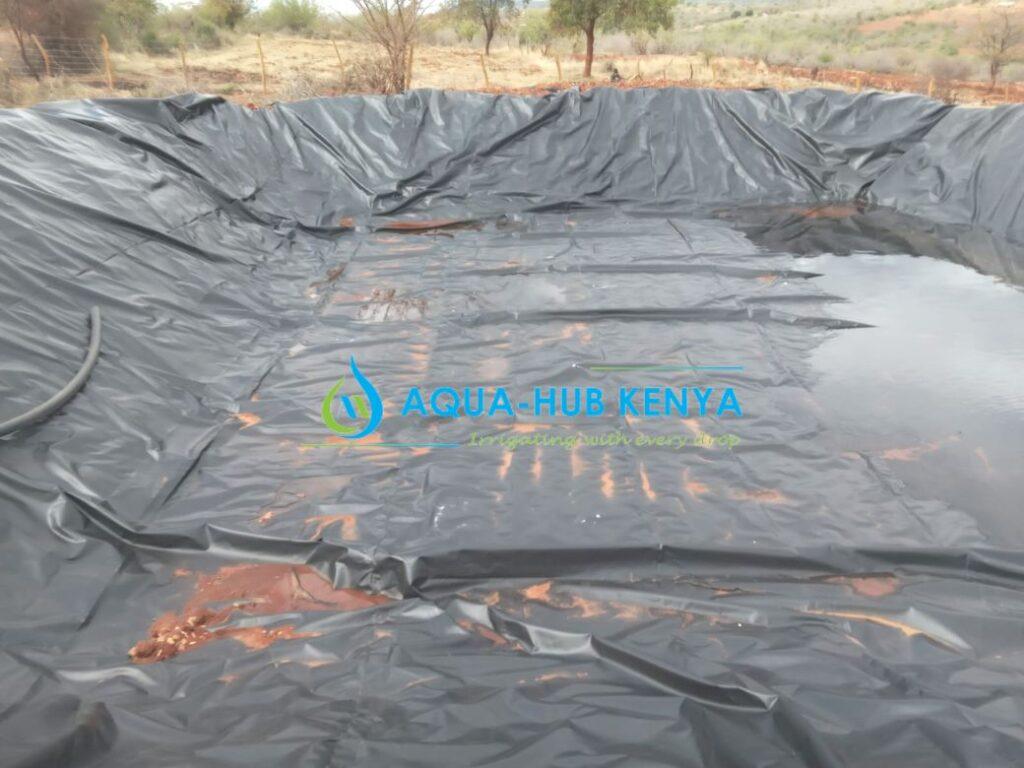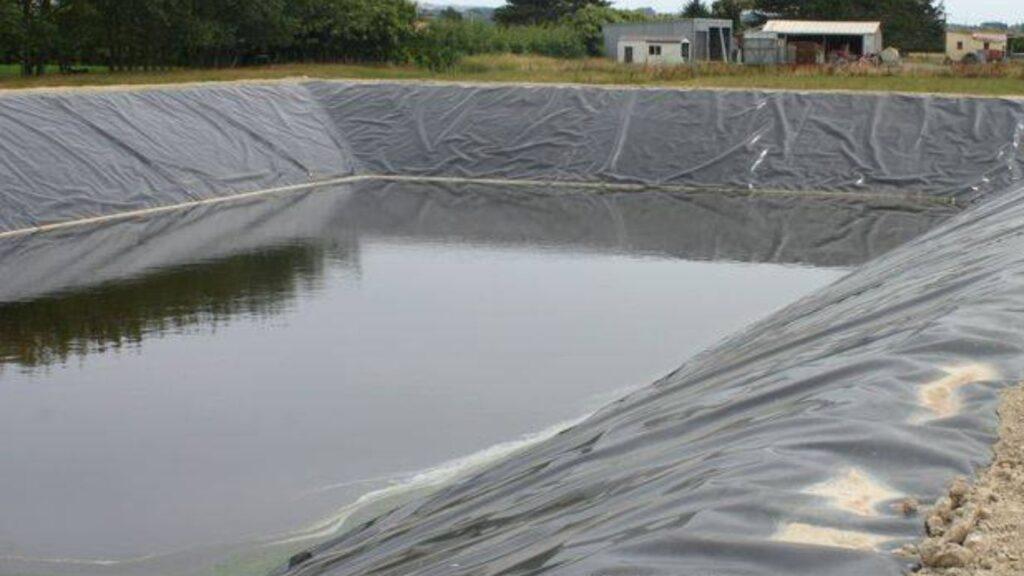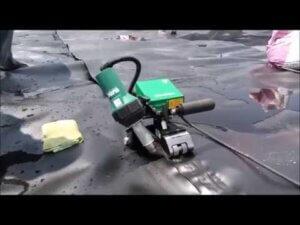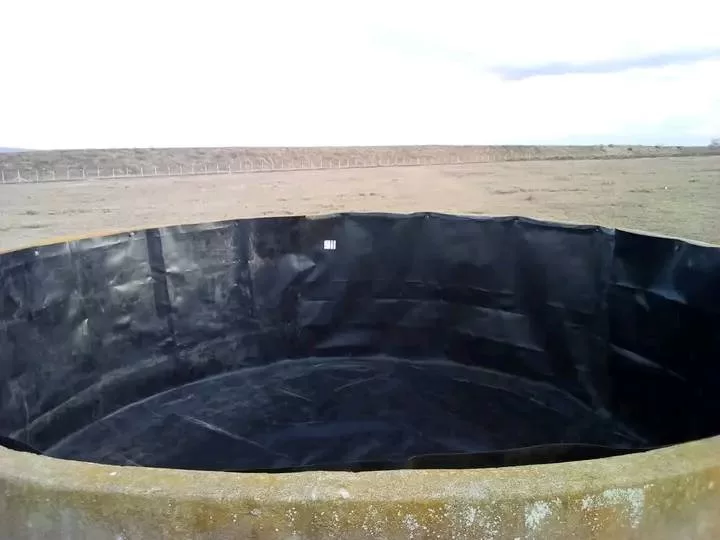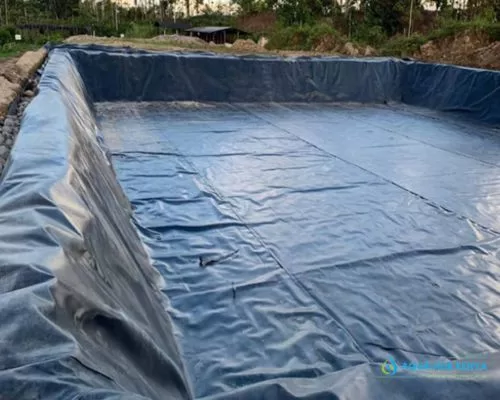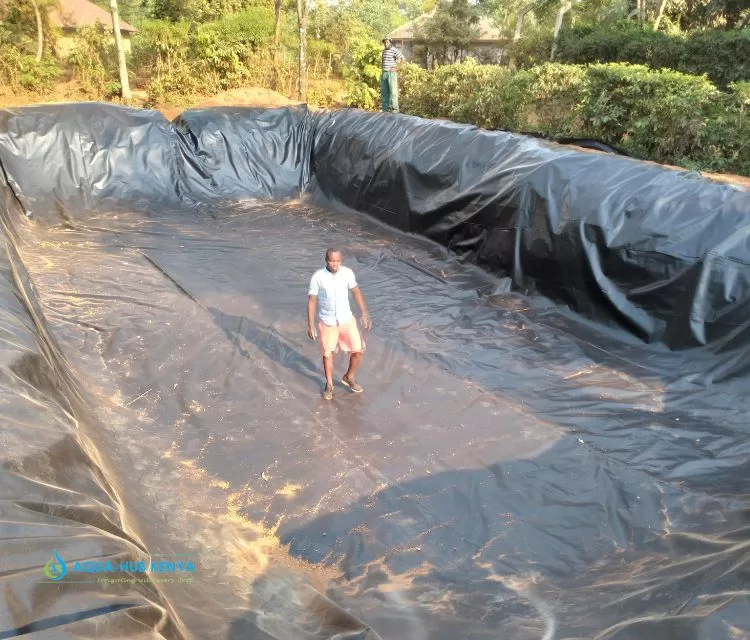Liners in Kenya: Best Dam and Pond Liners
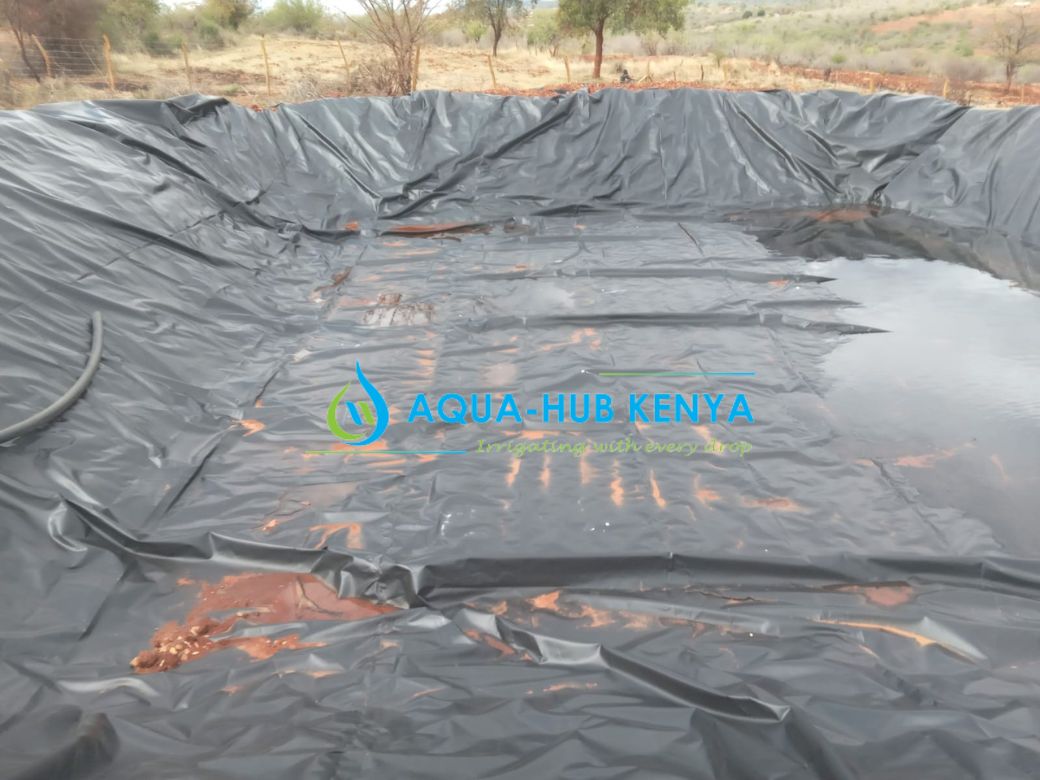
Dam liners are available in large quantities at Aqua Hub LTD, the best dealer in Kenya. Our water conservation HDPE liners are sourced from top manufacturers in Asia.
Call 0790719020 to buy or order
Understanding Dam Liners
Dam liners are the essential surface plastic materials installed to counteract water loss in dams and water pans. In most regions characterized by sand or permeable soil types, water challenges are common due to high water penetration and evaporation rates.
Dam Liners for Water Storage and Irrigation Projects in Kenya
The use of Dam liners helps to collect and store water for use in domestic needs and agriculture on dry spells.
Dam liners are becoming popular in water conservation projects in Kenya and most parts of the world. The main reason is because its waterproof, strong, and durable nature results in a highly reliable pool of water.
Cost of Dam Liners in Kenya
The cost of buying Dam Liners in Kenya vary depending on the size and thickness size of the materials. Aqua Hub Kenya has the best dam liner quality in Kenya at affordable rates.
Call 07907190920 for orders.
What are the Specifications of Our Dam Liners?
Our dam liners come in 0.3mm, 0.5 mm, 0.75mm, and 1 mm thickness sizes, all designed to serve various purposes.
Customizable options are available since our dam liners can be cut into various sizes.
Black color for suitability in fishpond lining.
Made from High-density Polythene plastic materials.
What is the Best Lining for a Dam in Kenya?
The best dam liners in Kenya are Aqua Hub HDPE liners. Our liners are the best materials for reinforcing water pans due to their tough and durable nature.
Steps for Installing your Dam Liner
Step 1: Preparation of the Site for Installation – Prepare the area where the pond liner will be installed. Clear the vegetation and measure the area to identify the size of the liner required.
Step 2 : Excavate the measured area: Dig or excavate the area to make the dam, water pan or pit. Ensure to smoothen and remove any debris or sharp objects.
Step 2: Choose the best Liner – Contact Aqua Hub LTD for help on how to choose the best dam liner for storing water.
Step 3: Purchase the Dam Liner – buy the size of dam liner you need from Aqua Hub Kenya. You can also order your dam liner from us.
Step 4: Installation – Once you have the required dam liner, install it by hiring our technicians to help you lay it on your dam. Once you buy from us, we schedule a day for installation, where our technicians will handle the work at a negotiable fee.
Step 5 : Testing : Once installed, open water supply and check to see if there is any part leaking.
Step 6: Completion and use: after testing is done, the project is complete.
What should I Consider when choosing Dam Liners in Kenya?
- Size – the size of the dam liner you need, should matter a lot. It determines the perfect fit for your dam.
- Thickness size – describes the suitability of specific dam liner gauges for various uses.
- Applications – according to the intended use, liners choices may vary. For example, complex applications such as large dams require heavy dam liners such as HDPE Liners.
- Region of use – the area of application may also determine which type of dam liner to use. Areas with harsh climates require a hard material to enhance long term durability.
- Quality : choose the right quality of dam liners by buying from reputable suppliers in Kenya.
- Cost – cost varies with thickness, sizes and quality.
Applications that Require Dam Liners
- Water conservation for domestic uses: Dam liners are the best materials for the protection of water pans to keep water until days of need.
- Agricultural irrigation purposes: nowadays climate change has forced people to find short term solutions in agriculture including irrigation. Dam liners help store water for use in farm irrigation.
- Fish farming : Rearing of fish requires a stable water pan or pond. In areas with permeable soil, liners maintain water levels all times.
- Lining Concrete tanks: reinforcement of concrete tanks to prevent leakages that can occur on cracked walls.
- Septic tanks : Covering septic tanks so that by any chance sewage water does not flow to water sources.
- Water treatment plants: Concrete plants for water treatment also implement dam liners.
- Large Dam Construction: Lining of large community dams
- Construction sites : Used in road construction, buildings and other applications.
- Applicable in greenhouses as gutters.
- Making multi-storey gardens.

